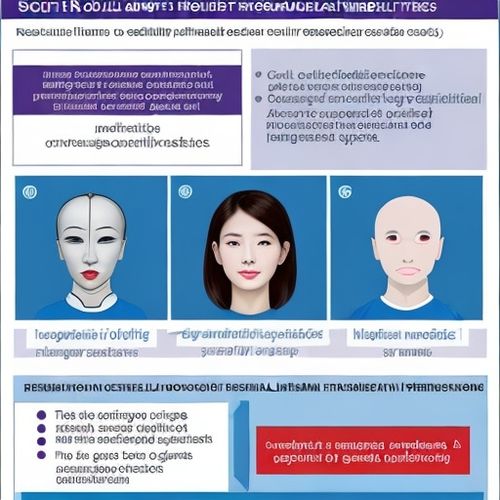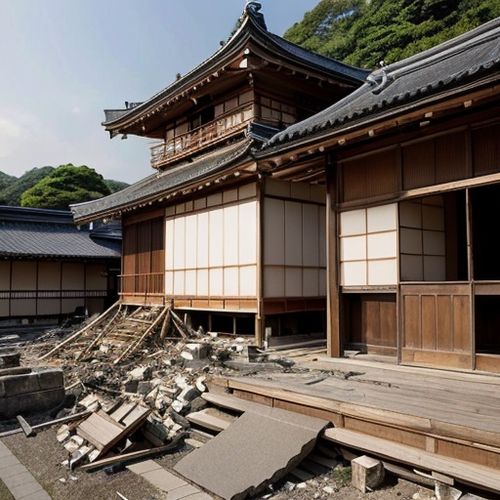The growing popularity of yoga retreats in India has led to an explosion of certification programs promising to turn enthusiasts into qualified instructors. However, beneath the serene surface of ashrams and wellness centers lies a troubling reality: the yoga certification industry in India suffers from rampant inconsistencies, fraudulent practices, and a lack of standardized oversight. For aspiring yogis seeking authentic training, navigating this unregulated landscape requires vigilance, research, and a healthy dose of skepticism.
The Allure and the Trap
India, as the birthplace of yoga, holds an undeniable allure for those seeking deep immersion in the practice. From the foothills of the Himalayas to the beaches of Goa, countless retreats offer teacher training courses (TTCs) with the promise of internationally recognized certifications. The problem arises when these certifications, often priced at premium rates, turn out to be worthless pieces of paper from unrecognized or even fictitious accrediting bodies.
Many unsuspecting students, particularly foreigners drawn to India's spiritual reputation, fall victim to misleading marketing. Flashy websites showcase idyllic settings and make bold claims about accreditation without providing verifiable details. Some centers go as far as creating their own "yoga alliances" or "international boards" to lend credibility to their programs, despite having no legitimate standing in the global yoga community.
Recognizing the Red Flags
Several warning signs can help identify potentially dubious certification programs. Be wary of schools that guarantee certification without requiring demonstrated proficiency or that offer abnormally short training durations for comprehensive courses. Authentic 200-hour Yoga Alliance certifications, for instance, demand a minimum of four weeks of intensive training.
Another red flag emerges when researching the teaching faculty. Reputable schools proudly showcase their instructors' credentials and lineages. If a center avoids providing detailed information about its teachers or their qualifications, this should raise immediate concerns. Similarly, programs that emphasize physical aesthetics over philosophical depth or those that promise instant teaching opportunities upon completion often prioritize profit over authentic yoga education.
The Importance of Accreditation
While no single governing body controls yoga certification worldwide, several organizations have established credibility through consistent standards and transparent operations. The Yoga Alliance, despite its limitations, remains the most widely recognized international registry for yoga schools. Programs registered with Yoga Alliance must meet specific curriculum requirements and adhere to ethical guidelines.
Other respected accrediting bodies include the International Yoga Federation and various national yoga associations. However, the mere presence of a logo on a school's website doesn't guarantee legitimacy. Savvy students should verify accreditation directly through the accrediting organization's official website, checking for current registration status and any complaints against the school.
Digging Deeper Than Marketing
Thorough research forms the foundation of avoiding certification scams. Beyond browsing a school's website, prospective students should seek out independent reviews on multiple platforms, including specialized yoga forums and social media groups. Contacting alumni directly can provide unfiltered insights into their experiences with the program's quality, living conditions, and post-certification support.
The curriculum deserves particular scrutiny. Authentic yoga teacher training should encompass not just asana (physical postures) but also pranayama (breath control), meditation, anatomy, philosophy, teaching methodology, and ethics. Programs that focus disproportionately on physical aspects while neglecting yoga's rich theoretical foundation may be cutting corners or misrepresenting the depth of their training.
The Financial Considerations
Pricing often serves as an indicator of quality, though not always in straightforward ways. Exceptionally low prices might signal compromised standards, while exorbitant fees don't necessarily guarantee superior training. Students should compare costs among similar programs while factoring in included amenities, teacher qualifications, and group sizes.
Payment policies also warrant attention. Reputable institutions typically require deposits to secure spots but avoid demanding full payment long in advance. Flexible cancellation policies demonstrate confidence in the program's value and respect for students' circumstances. Be cautious of high-pressure sales tactics or limited-time offers that discourage thorough consideration.
Cultural and Language Factors
International students face additional challenges in assessing Indian yoga programs. Language barriers can obscure important details, and cultural differences may lead to misunderstandings about program expectations. Some centers take advantage of foreigners' limited familiarity with Indian educational norms to make exaggerated claims that wouldn't withstand scrutiny from local participants.
Prospective students should verify whether instruction will be in a language they fully comprehend and whether the certification will hold value in their home countries. Translations of materials and certificates should be available when needed, and the school should demonstrate experience working with international students, including assistance with visas and local logistics.
The Personal Connection
Ultimately, choosing a yoga teacher training program represents both a professional investment and a personal journey. Beyond checking boxes of accreditation and curriculum, the right program should resonate on a deeper level. Many authentic schools offer introductory workshops or shorter courses that allow prospective students to experience the teaching style and community atmosphere before committing to a full certification program.
Trusting one's intuition plays a role as well. If something feels off during communications with the school or during preliminary visits, these instincts often prove correct. The search for authentic yoga education mirrors the practice itself—requiring patience, discernment, and a willingness to look beneath surface appearances to find true depth and integrity.

By Megan Clark/Apr 11, 2025

By John Smith/Apr 11, 2025

By James Moore/Apr 11, 2025

By Victoria Gonzalez/Apr 11, 2025

By John Smith/Apr 11, 2025

By Rebecca Stewart/Apr 11, 2025

By Megan Clark/Apr 11, 2025

By John Smith/Apr 11, 2025

By Ryan Martin/Apr 11, 2025

By Samuel Cooper/Apr 11, 2025

By Emily Johnson/Apr 11, 2025

By James Moore/Apr 11, 2025

By David Anderson/Apr 11, 2025

By Ryan Martin/Apr 11, 2025

By William Miller/Apr 11, 2025

By George Bailey/Apr 11, 2025

By Daniel Scott/Apr 11, 2025

By Sophia Lewis/Apr 11, 2025

By Megan Clark/Apr 11, 2025

By David Anderson/Apr 11, 2025